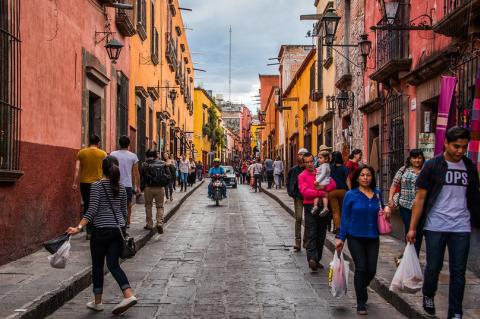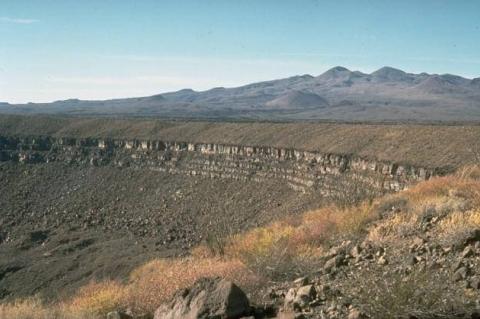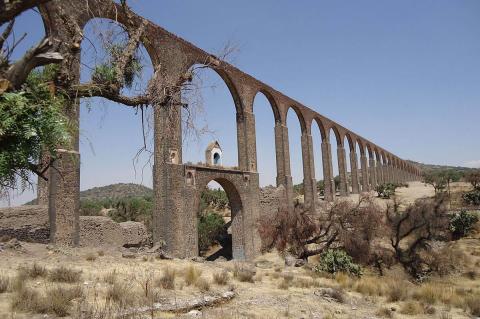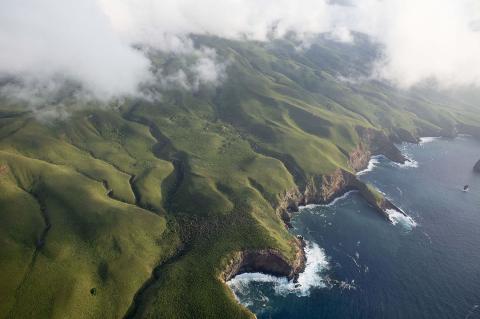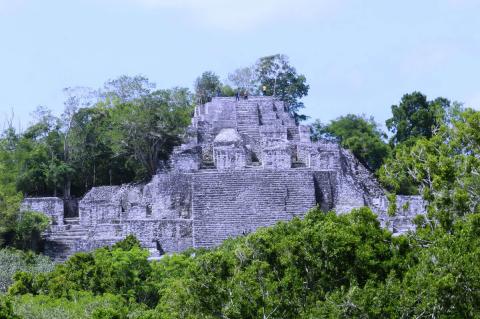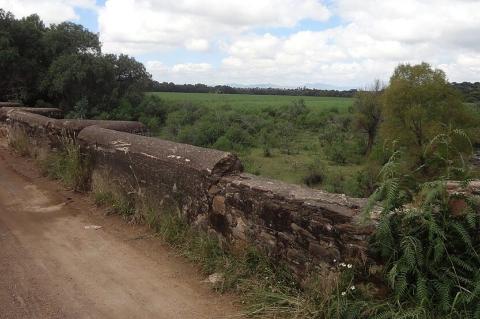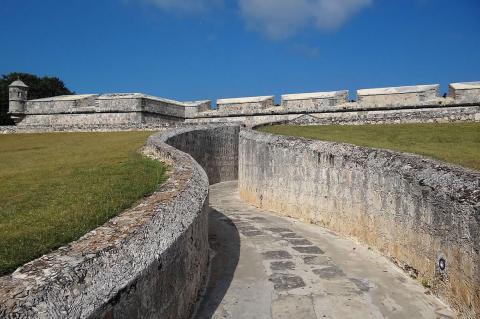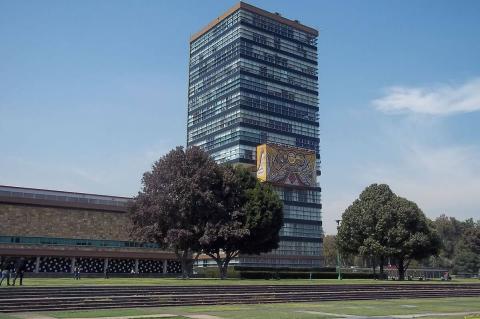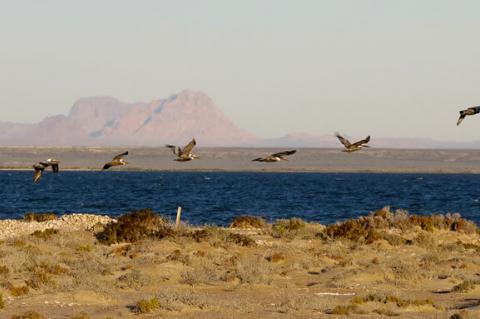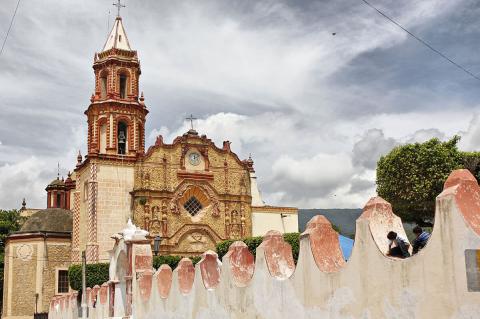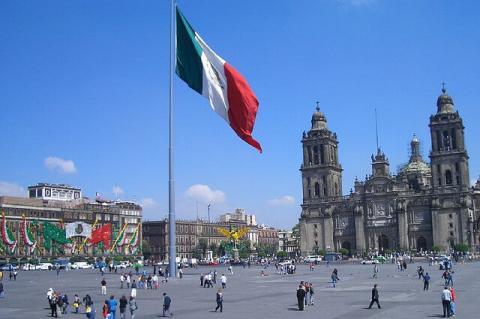Mexico: Cultural Landscape
Mexico boasts a cultural richness that stems from its deep indigenous roots, the interweaving of Spanish colonial legacies, and the diverse influences from around the globe. This extraordinary amalgamation gives rise to a vivid array of traditions, arts, music, cuisine, and celebrations, forming a cultural narrative that is both dynamic and profound.
